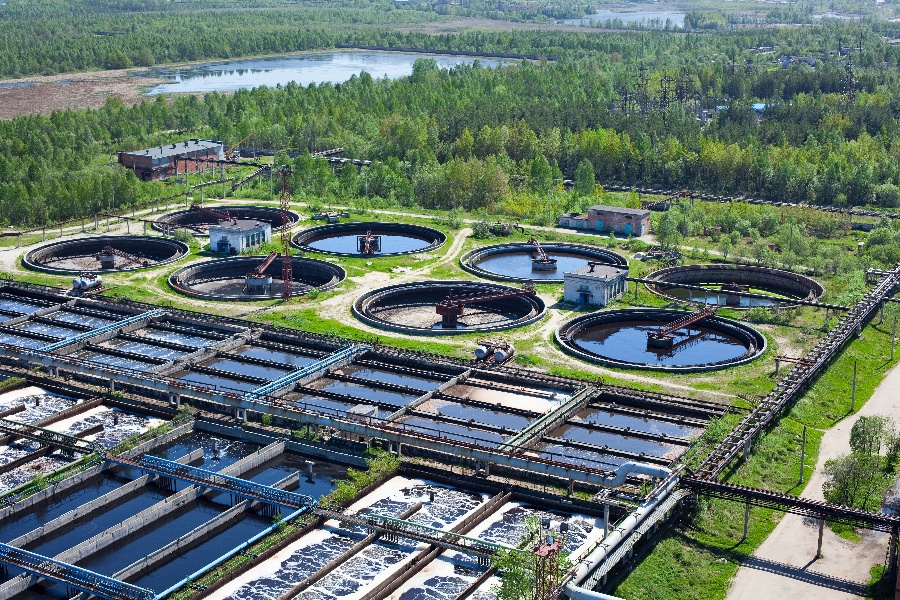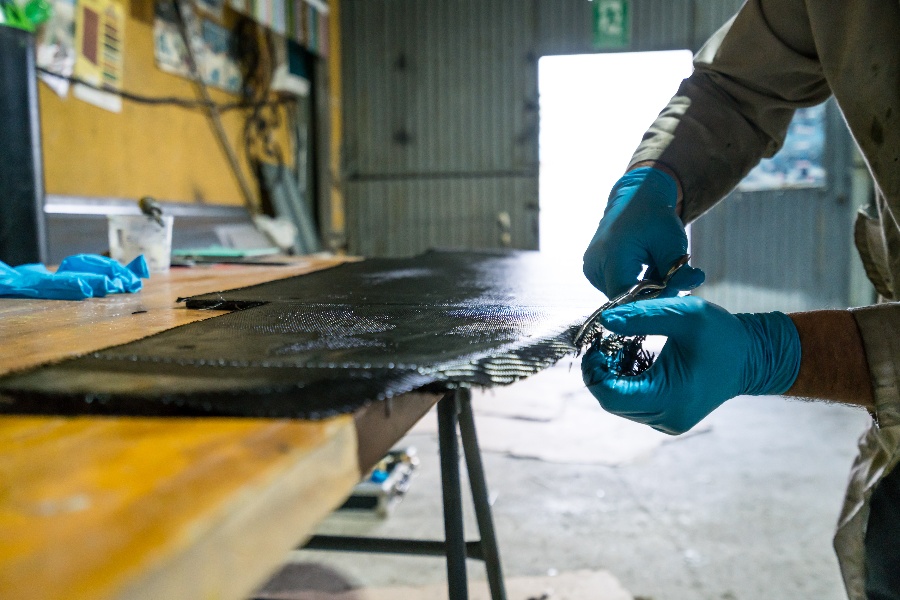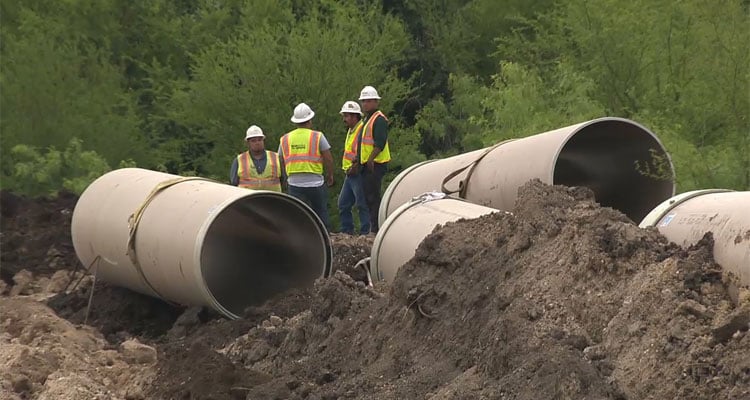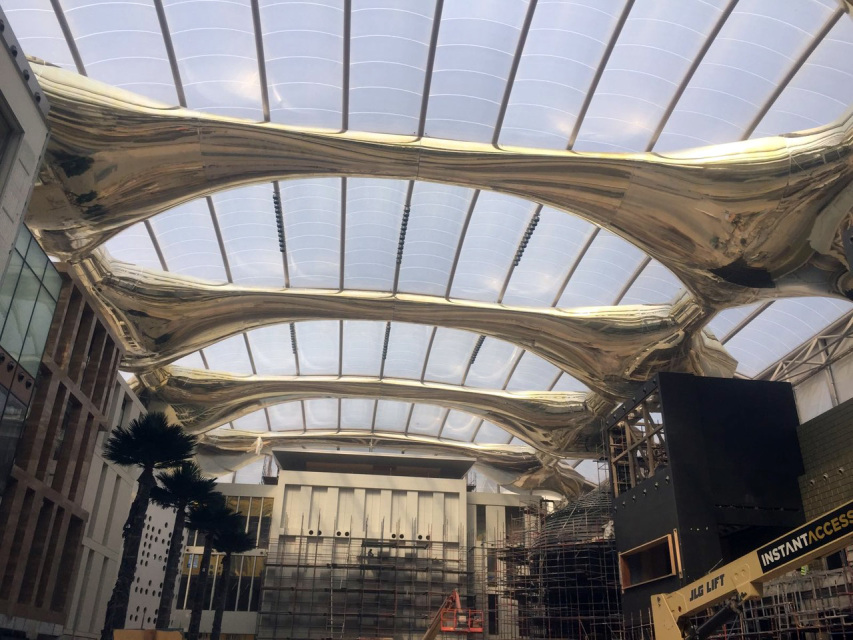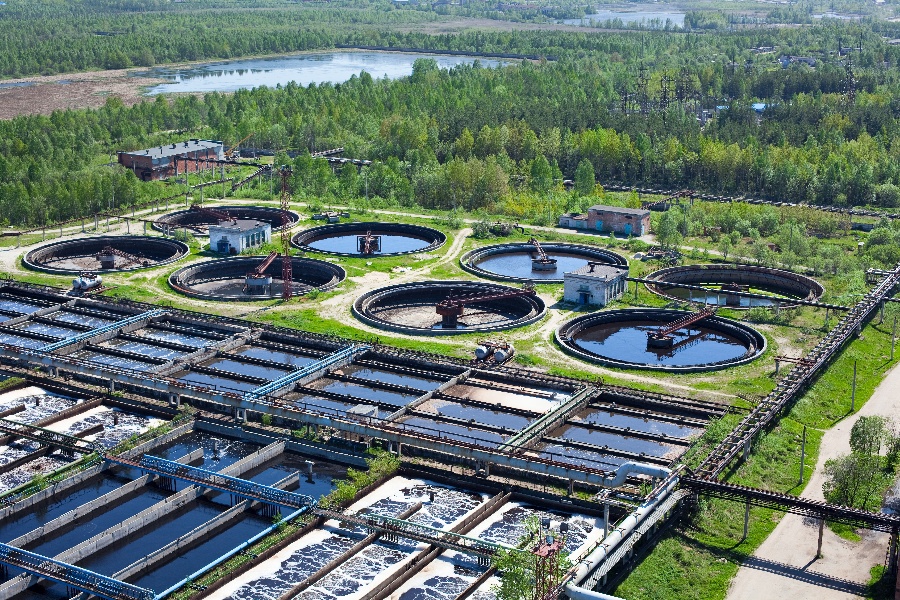
Wastewater treatment plants are a vital part of any municipality's infrastructure. They remove pollutants from water so that it can be safely returned to the environment. Wastewater treatment plants are essential for keeping our rivers, lakes, and oceans clean. Without them, hazardous pollutants can end up in our drinking water and wreak havoc on the environment.
However, designing an effective and efficient wastewater treatment plant is not a simple task. There are a number of important factors to consider in the design process. Fiberglass-reinforced plastic (FRP) is a technology that can greatly improve the performance of wastewater treatment plants.
How Wastewater Plants Operate
Wastewater treatment plants are facilities designed to process wastewater and remove contaminants before it is released back into the environment. The treatment plant has several stages of the process, including physical, biological, and chemical treatments, to remove pollutants from the water.
Physical treatments involve clarifying the water by removing solid materials like dirt and debris. The biological treatment uses bacteria and other microorganisms to reduce levels of biological contaminants like nitrogen and phosphorus. Chemical treatments use chemicals such as chlorine or ozone to kill off pathogens in the water. Finally, advanced filtration systems can be used for further purification of wastewater discharge.
Wastewater Plant Design Considerations
When designing a wastewater treatment plant, there are several key considerations:
Treatment process
The type of wastewater treatment process(es) you use will have a major impact on the overall efficiency and effectiveness of your plant. Make sure to select processes that are well-suited to the type and volume of wastewater you need to treat.
Plant location
The location of your wastewater treatment plant can also have a significant impact on its performance. Be sure to choose a site that is large enough to accommodate future growth, has good access to necessary utilities, and is not prone to flooding or other natural disasters.
Capacity
It is important to size your wastewater treatment plant correctly so that it can effectively meet the needs of your community. Make sure to account for both current and future population growth when making capacity decisions.
These are just a few of the many considerations you need to keep in mind when designing a wastewater treatment plant. By taking all factors into account, you can ensure that your plant is both effective and efficient. Another important factor that needs to be considered is material choice.
Material Choice
When designing a wastewater treatment plant, the choice of materials used is of utmost importance. Different materials provide different levels of protection against corrosion, abrasion, and other wear and tear. Additionally, different kinds of materials are best suited to treating different types and volumes of wastewater. For instance, stainless steel may be more suitable for treating high volumes, while fiberglass may be better suited to lower-volume applications. It is important to select the right material for your particular needs in order to ensure that your plant runs smoothly and efficiently over its lifespan.
In addition to choosing the right materials for your wastewater treatment plant, you must also make sure that they are properly installed and maintained. This means inspecting them regularly for signs of damage or wear and repairing them if necessary. Keeping up with regular maintenance can help ensure that your plant operates correctly and safely throughout its lifespan.
The Many Uses of FRP in Wastewater Treatment
The use of fiber-reinforced plastics has increased dramatically in a wide range of wastewater treatment applications, from making scrubber vessels and pipes to ductwork, fans, stacks, and chemical feed systems. FRP is appealing for such applications due to its excellent mechanical properties, corrosion resistance, and relatively low cost. Let's put a spotlight on some of the uses of FRP in wastewater treatment.
Scrubber Vessels and Pipes
FRP has become increasingly popular for use in scrubber vessels as it provides efficient and reliable service with minimal maintenance requirements. It is also often used for constructing pipes due to its easy installation process, low lifetime cost, and durable construction. Plus, its lightweight nature makes it especially suitable for installations where space is at a premium. Lastly, FRP has excellent corrosion resistance, which makes it ideal for transporting corrosive substances such as acids or alkalis within the plant.
Fans, Stacks, and Chemical Feed Systems
FRP is also often used in fans, stacks, and other components requiring machining services due to its physical strength resulting from combining glass fibers with resins like polyester or epoxy. Its ability to withstand extreme temperatures makes it great for handling both hot and cold environments inside wastewater treatment plants. The same applies to chemical feed systems–thanks to its robustness, FRP can cope with extreme pressure changes without the risk of failure under any conditions.
The advantages provided by using FRP have made it one of the key materials used across many wastewater treatment applications today. With its versatile properties, resilience against corrosion along with an easy installation process–it’s no wonder why so many facilities rely on this essential material when it comes to processing water efficiently.
Real-World Example
The water quality professionals at the Water Environment Federation found in their 2006 research study titled “Performance Validation of Shell-Media Biological Odor Control System” that FRP structures and equipment have the potential to be highly effective. The pilot project was conducted by Orange County Utilities, Florida, and tested a shell-media-based biological odor control system at the Stillwater Crossing Pump Station.
The system had desirable qualities, including availability, low cost, long life, and high sustainability. To test its efficacy, a skid-mounted modular pilot unit was constructed using bolted FRP paneled housing, seashell media, a control panel, two FRP irrigation sumps, two water recirculation pumps, a fan with unit-to-fan ductwork, and a vertical exhaust stack. Over eight months of sampling demonstrated good results in airflow and odor removal efficiencies.
This trial proved that FRP systems can play an essential role in water quality management for years to come. Tencom helps municipalities choose the best fiberglass-reinforced plastic for their wastewater needs. Contact us today if you're ready to start assessing what kind of FRP solution makes sense for your municipality's wastewater needs–together, let’s ensure everyone has access to clean water no matter where they live.

